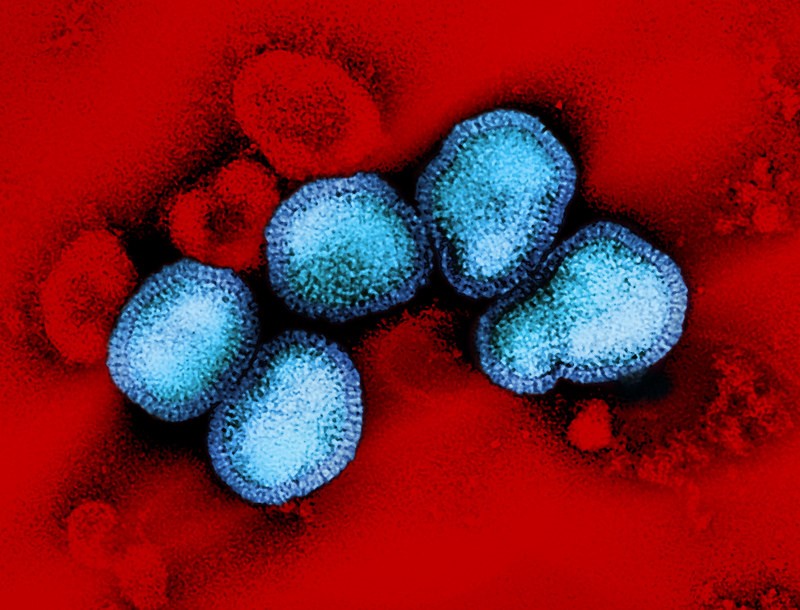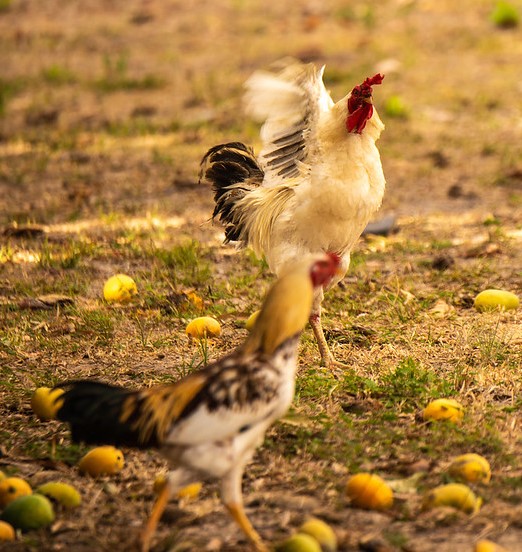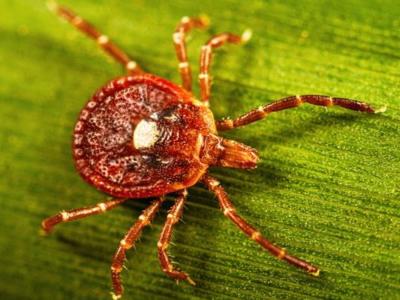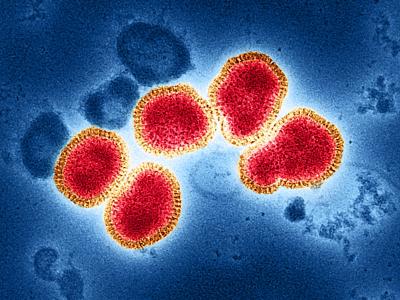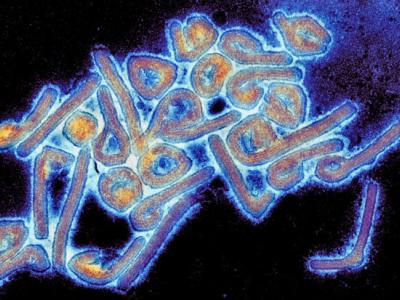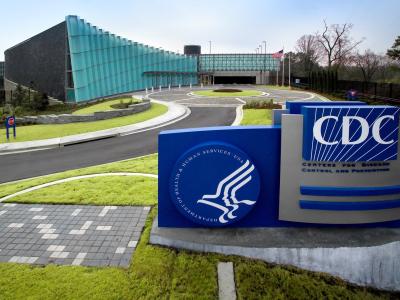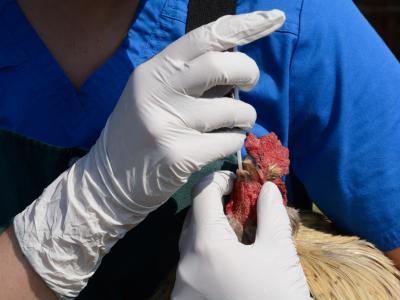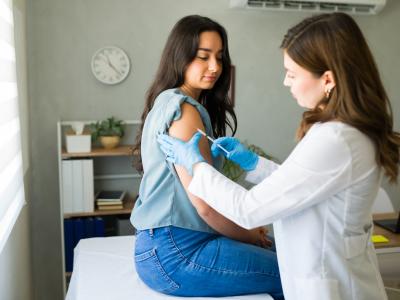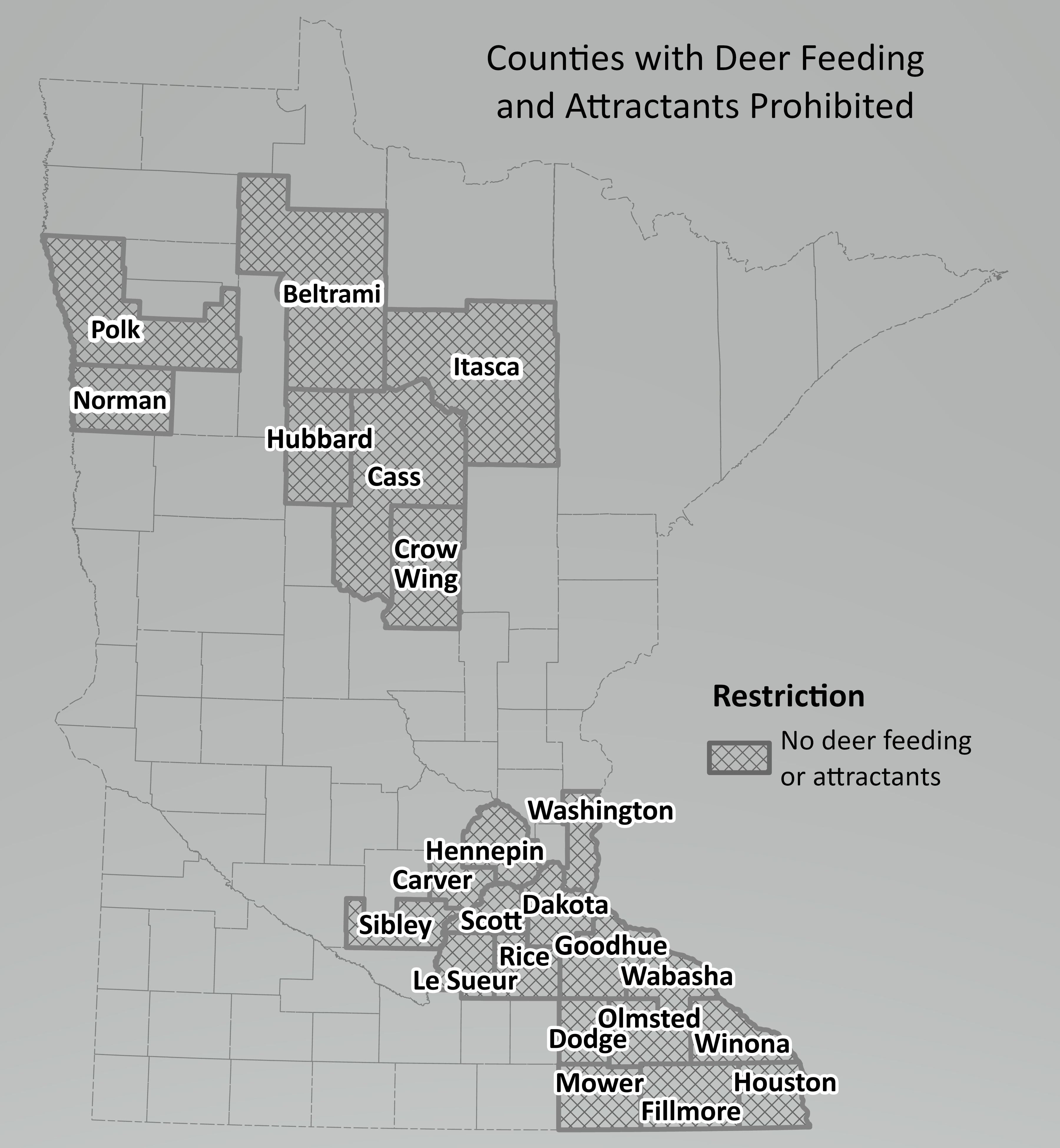
The Minnesota Department of Natural Resources (DNR) has lifted white-tailed deer-feeding and baiting bans in 24 counties and enacted bans in 5 new counties to focus restrictions on areas at greatest risk for the spread of chronic wasting disease (CWD).
Caused by infectious prions (misfolded proteins), CWD is a fatal neurodegenerative disease affecting cervids such as deer, elk, and moose. While CWD isn't known to infect humans, some experts fear it could jump species.
"The DNR uses feeding and attractant bans as a tool to reduce unnatural crowding of deer and reduce the risk of exposure to CWD," DNR Big Game Program Coordinator Todd Froberg said in the department news release. "This approach limits CWD risk and helps reinforce the connection [that] feeding and using attractants have on the risk of spreading disease."
Counties affected by changes
Bans have been lifted in Aitkin, Carlton, Chisago, Clearwater, Douglas, Freeborn, Isanti, Kanabec, Koochiching, Lake of the Woods, Mahnomen, Marshall, Mille Lacs, Morrison, Pennington, Pine, Pope, Ramsey, Red Lake, Roseau, Stearns, Steele, Todd, and Wadena counties.

But bans are in effect in Beltrami (new), Carver (new), Cass, Crow Wing, Dakota, Dodge, Fillmore, Goodhue, Hennepin, Houston, Hubbard, Itasca (new), Le Sueur (new), Mower, Norman, Olmsted, Polk, Rice, Scott, Sibley (new), Wabasha, Washington, and Winona counties.
"The DNR does not encourage the public to feed deer," the release said. "Residents interested in helping deer, especially during severe winter conditions, should focus efforts on improving habitat during the growing season to provide long-term food resources and shelter that deer can reliably find year-after-year."
For more information on how to improve private land to benefit deer and other wildlife and for a map of counties affected by bans, visit the DNR website.
 A systematic
A systematic 